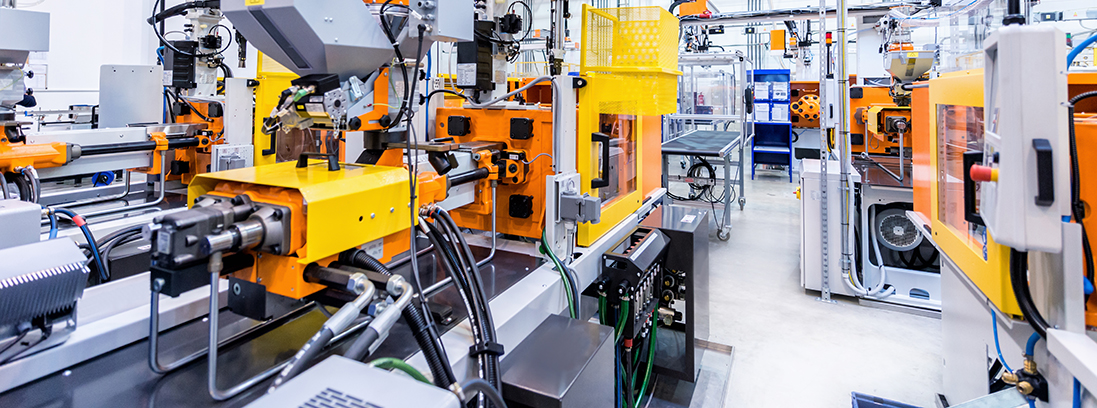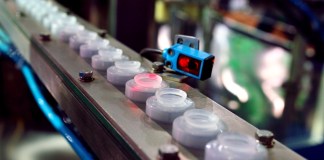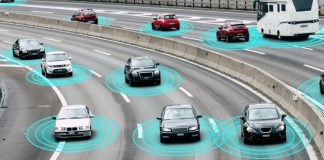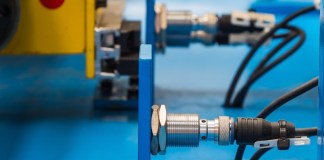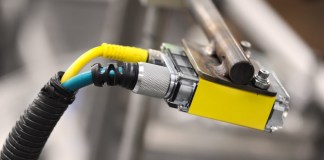Key Component Considerations for Improved Machine Safety through Automation and Control
As factory automation evolves with Industry 4.0, advanced technology continues to introduce more accurate and innovative features, many of which are used to protect...
Body Surface Temperature Sensors
Traditional forms of external temperature measurements have advanced technology with the addition of sensors, increasing patient comfort, improving accuracy, and creating better tools for...
Sensor Connections: PNP versus NPN and Sourcing versus Sinking
Since so many typical industrial automation sensors operate at 24 Vdc, it is important to understand two of the main variations of these solid-state...
Sensor IO-Link Basics
Traditional sensors and actuators use basic hardwired connections, but IO-Link offers a way to extend functionality and take advantage of smart sensors without complicated...
What is a Proximity Sensor?
Proximity sensors are used for contactless detection of presence or absence, as well as the position, direction, velocity, and physical properties of objects. The...
About Ultrasonic Proximity Sensors
Applications
Ultrasonic proximity sensors measure the distance of an object by measuring the time between emission and reception of a pulse of sound. Because ultrasonic sensors...
About Inductive Proximity Sensors
Applications
In general, inductive proximity sensors are used any time you want to detect the presence of a metal in a particular location. The most common application...
About Photoelectric Proximity Sensors
Applications
Photoelectric sensors use a light beam to detect presence, position, markings or color of an object. Photoelectric sensors can detect physical properties of objects, including...
About Capacitive Proximity Sensors
Applications
Capacitive proximity sensors can be used in a wide variety of applications due to their ability to detect numerous types of materials. Some common examples...


